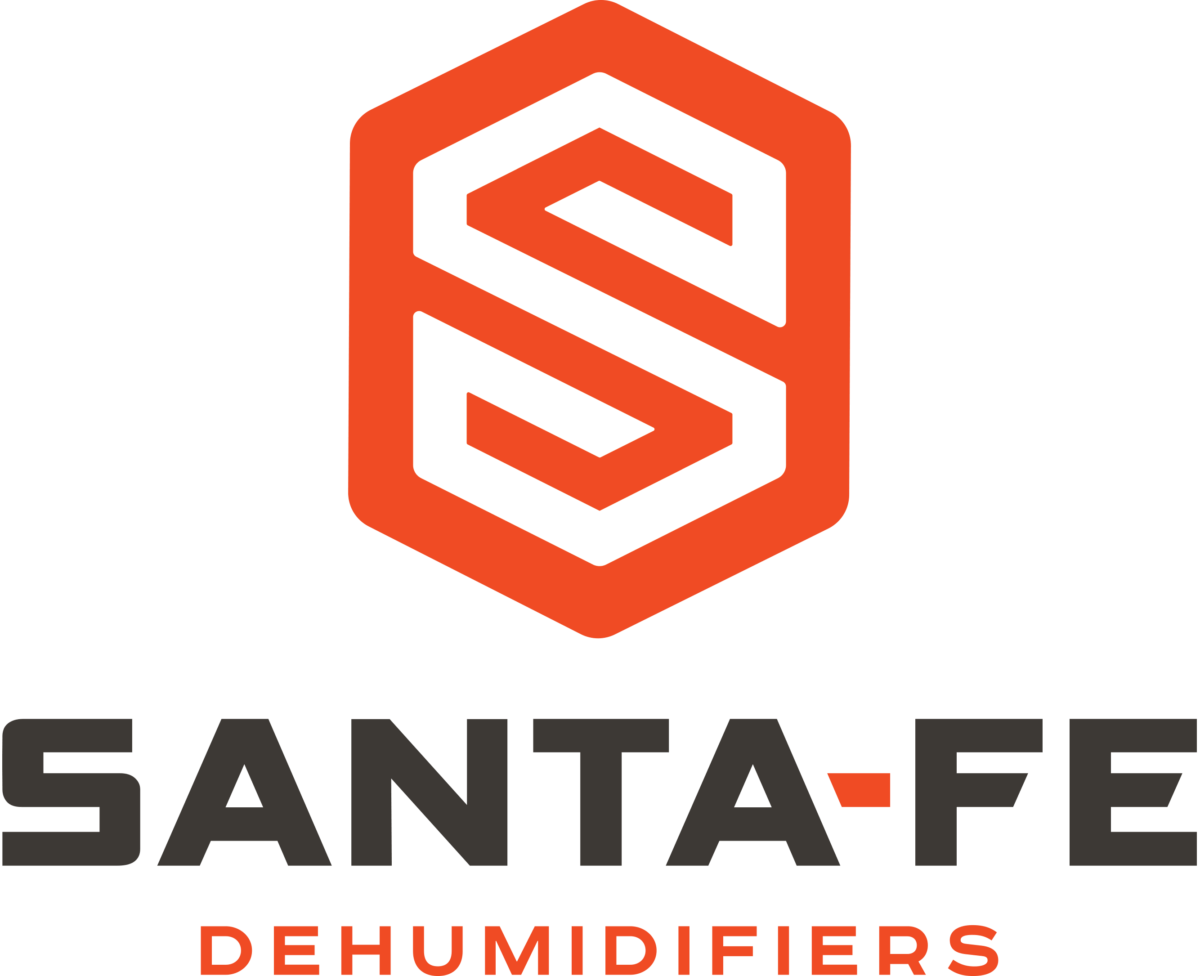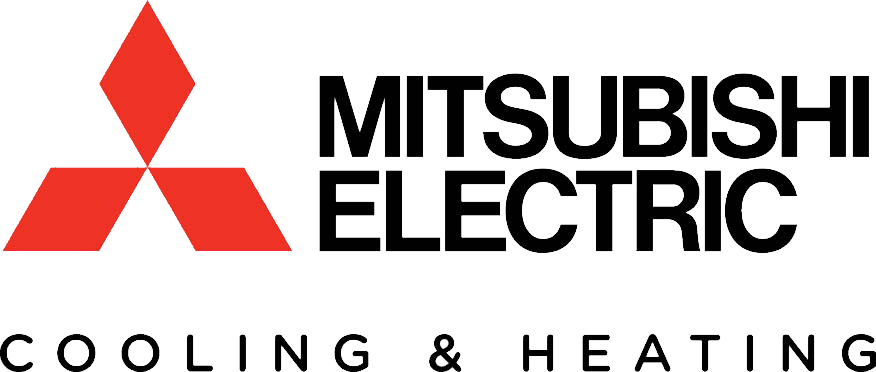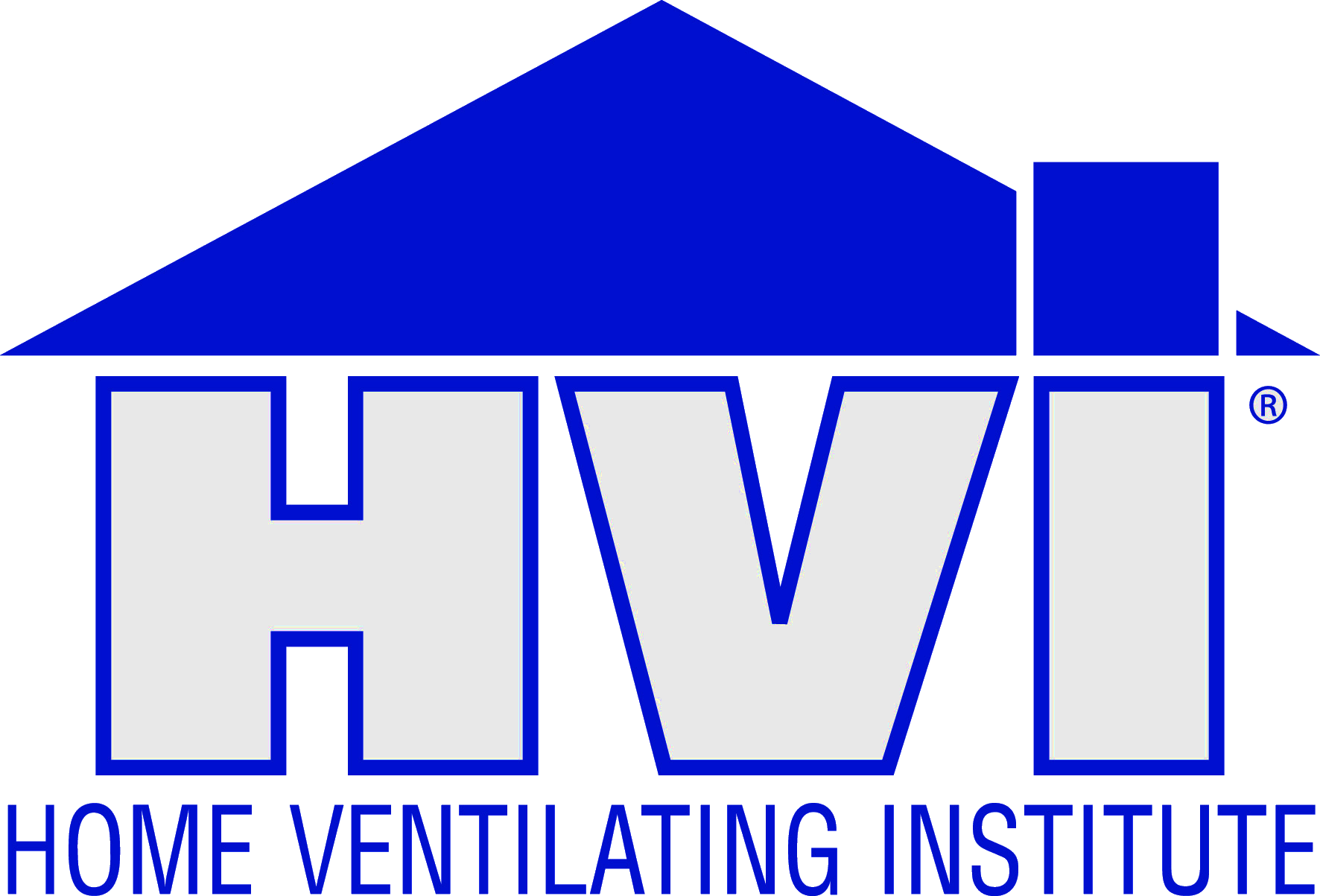Ep207: Slow Burn
To begin Season 1, Grace and Corbett drive the #TinyLab to a big, beautiful, freshly renovated house in Chicago to help their client Ava solve her complex and unexpected issues with air quality and comfort.
Episode 207: Slow Burn
In this mirror to the episode on water, the Lunsfords look at the next major chemistry instigator, fire, and how it affects Home Chemistry. The Lunsfords explore the importance of proper kitchen exhaust sizing and usage, the dreaded ‘Thanksgiving Day’ scenario, and the dangers of combustion gases and low level carbon monoxide poisoning, which is not detected by mainstream CO monitors.
Featuring Featuring a step-by-step demonstration of how to test a gas water heater or furnace, a field ‘bump test’ of the Defender low-level carbon monoxide detector compared with standard UL-listed units, and an introduction to Home Chemistry with the amazing Dr. Charles Weschler, along with the new home’s ultimate kitchen exhaust and make up air system from Fantech.
DIVE DEEPER WITH THESE RESOURCES:
TRANSCRIPT:
Coming up on Home Diagnosis...
Let's take another look at the tool that started all of this: fire.
A lot of people say 'I have a carbon monoxide detector. I'm not worried in my house about it.'
Reactive chemicals are not a good thing in environments where you have human beings.
Today, you're going to add chemicals to your experiment.
In this second season of Home Diagnosis, we're exploring the science behind how your home feels, smells and affects your health.
We've retraced how homes developed into what you see today. Once humans had fire to keep us warm, we built enclosures around it to keep our families happy.
We let light in with windows and doors, and for the past hundred years we got better at air sealing and insulating our shelters.
And now, as you know, homes are being built more airtight than ever, which certainly is a good thing, though it has its side effects just like anything else in home performance.
We'll get to those later.
For now, let's take another look at the tool that started all of this.
Fire is very helpful. And as you'll see here, it's completely unavoidable.
Fire needs to be considered carefully within the system of your home.
Fire is a wild tool, and the invisible dynamics of home performance will start getting more complex from here on out.
First, let's just take a look at fire in its most basic form.
Fire- or combustion, if you want to sound more professional- is pretty simple inside of an appliance like a water heater, furnace or stove.
You mix a fuel with air, and add heat.
They say home is where the heart is.
And we certainly put our heart into building our first house.
So how hard could it be to build another one?
I'm Grace.
And I'm Corbett.
In our TinyLab, we helped homeowners gain control of their homes through scientific testing.
Now, as we build our forever home, we're testing ourselves.
Even though we know a few things about the invisible dynamics of homes, we're teaming up with scientists and building experts to design and build a perfectly-tuned home for our family.
The physics, chemistry and microbiology of a home might seem mysterious, but it doesn't need to be.
While this is a personal story full of twists and turns...
It's also the story of the science of homes.
Join us to unlock the mysterious science of your home, too.
Now here we are in a closet.
You can see exposed insulation, which says we're outside the house, but you can also see paint carpet, which says we're inside.
We also have a door behind us that's weather stripped, which says outside.
Confused space- we like it, but we won't talk about that right now because here we are with water heaters.
What I'd like to explain quickly is how the combustion process works in any appliance, whether it's a boiler or a furnace or water heater.
This is a very simple way to explain this. I'm going to show you all the components of the combustion process, and how we use testing to make sure that each one of them works the way that it's designed to.
So we start at the bottom.
The first ingredient you need is fuel.
You need to burn something.
So this is called 'combustible' gas- has not been burned yet.
This is a combustible gas sniffer.
What I want to know is, is any of this very dangerous burnable gas getting out of the pipes?
So all I'm going to do is simply scan around each one of these once this thing is booted up.
This is a very simple process.
If I find anything with this, I would follow it up with soap bubbles to see if I can find where it's escaping, so then we can fix that.
So now that we've tested the fuel leakage down below, we can monitor the air pressure in this room with my monitor here, which is the same tool that I use on the blower door.
So I've got a hose going outside of this room, with the door closed, to make sure that when this fire's on, it's not going to 'suck all the air out of the room.'
You know from the blower door test that 'sucking all the air out of a room' is totally impossible.
So if this were to eat up a lot of the oxygen in this room, which is very unlikely, then we could do something as extreme as this.
Poke a hole in the outside wall to bring air in from outside.
Don't let anybody tell you that that is necessary.
What code says is that this room, because it's got combustion appliances in it, needs air from somewhere.
It can be from the house. So if you simply put a grill into the interior of the house, it gets enough air.
And you can prove that with this pressure test.
Right now, you can see we're at zero. So there's no depressurization in here at all.
The next thing that happens is we're going to take this fuel and air and go inside and set the thing on fire.
In the throat down in here, I'm going to monitor the contents of the combustion gases as they come up.
I'm going to monitor for temperature, efficiency based on the oxygen level and the carbon dioxide level, and also the carbon monoxide level, because that's very dangerous.
And also things like nitrogen oxides and sulfur dioxide, all the stuff that's in gases that you just burned.
You do not want to breathe that stuff.
So a water heater has two sides to the throat, with kind of an agitator in the middle.
You can monitor both sides if you think they might be different, so I'll do that.
I also then want to make sure that this draft control device- that's this black hood right here- that the gases always continue up through the chimney.
And in fact, you can see that even when it's not running, the smoke is getting sucked up inside the chimney and that is what I want.
The last piece of this puzzle is I want to know exactly what that pressure inside that chimney is.
So I put a pressure probe into the flue here, and now I can monitor the pressure in the flue.
I can monitor whether it's spilling.
I can monitor the contents of the gases.
I can monitor the air in the room that's being supplied for combustion.
And I can tell whether I've got leakage.
I have turned what was a very mushy, confusing process that a lot of people just think is mojo, into a series of quantities and performance metrics that I can use to prove whether this machine is in tune or out of tune.
The blower door test isn't the only thing that can suck on your home and create wacky pressure imbalances. Your own exhaust fans, HVAC system and fireplace do it every day.
But where a blower door is a precise scientific tool that gives you useful metrics about your home's performance, these accidental pressure imbalances can have unexpected side effects that are dangerous for the health of your family and your home.
The worst case test that you'd run to find out how much your home can be detuned using only the home's own equipment is called 'whole home depressurization.'
Think of the typical Thanksgiving Day scenario: you have a bunch of people over.
You're cooking all day.
The bathroom fans are all running and maybe people are taking showers.
It's chilly, so the furnace is running to and all the windows are closed.
Maybe you've got a fire in the fireplace and doors are opened and closed in weird combinations.
And all these fires and fans are pushing and pulling on different rooms of the house.
But if we add all these effects up together, we want to know: is it possible to suck on the house hard enough to pull chimney gases back inside?
Even if it is possible, your family might never create that exact worst-case scenario in all the years that you lived there.
But the power of home performance testing is being able to predict what your home will do, and control it.
Knowledge is power.
Especially in your home, where you'll spend over 50% of your entire life.
Invisible dynamics like pressure and flow can be measured and tuned to keep your family safe and healthy.
So stop guessing. Proof is possible.
So let's talk about carbon monoxide. Now, a lot of people say 'I have a carbon monoxide detector, I'm not worried in my house about it.'
You should worry.
And in fact, we're going to test them to show you exactly how these work right now.
The carbon monoxide monitors that are on this table do not do what you think they do. And the ones that are in your house, you may be completely overestimating. So the first thing you're going to do when you buy a device that's going to save your family from life threatening situations is...
You're going to open up this long manual...
You have one.
And you're just you're going to sit down and do a little light reading.
We've highlighted something that they say again and again and again:
Warning: this is going to protect your family from immediate death.
It is not intended to protect people with respiratory issues.
Or cardiac issues.
Or older people.
Or pregnant people.
Or children.
Also in these instructions is: take this really seriously. A common joke with people who do what we do is 'What happens when your carbon monoxide detector goes off?'
Turn it off.
Take out the battery. Exactly. Because, oh, it's making noise- it can't be! I don't smell anything!
I don't smell anything.
Carbon monoxide is odorless and it's tasteless, and you can't tell that it's there.
When these machines go off, you need to evacuate everyone from the space that this is going off in. You should also air out your home and you should call 911.
This is a big deal.
So one other thing it says: if the alarm is exposed to 70 parts per million of CO, it must alarm between 60 and 240 minutes. What does that mean?
OK, so this is what that means the things that are creating carbon monoxide in your house, water heaters, furnaces, heating appliances, stoves, things like that.
It's combustion.
Exactly. When you're burning not well.
When those are created, this is going to give an allowance.
How many of those appliances that we just listed are going to run for more than an hour solid?
Even when you bake and I live with a baker.
She's not baking for more than an hour, so that thing is going to shut off. This is not going to go off.
So you could have potentially significant levels of carbon monoxide.
And in fact, remember that the 70 parts per million is for a healthy average adult.
Anybody else who's developing, elderly, or sick in some other way needs to take care to have something else, and we have better things here.
So this is the one that's the most expensive. We're going to go ahead and test it first, just so that you can see.
I have bottled carbon monoxide.
This is called a 'bump test,' and I do this regularly just to make sure that this monitor is breathing in the right amount.
I know for a fact that it's 200 parts per million, so if this says 200, it's right on the nose.
Now that this has stopped screaming, we're going to go ahead and put this close to our face so that...
Make sure that the carbon monoxide is not going to get...
We know that we're not endangering Grace.
That's OK. I got this.
All right. We're going to first run a 'non UL-listed.' This is called a 'low level' monitor.
If it senses between five and 500 parts per million within one minute of detection, it will continuously display light and sound an alarm.
OK, now that we're down past 150, I can silence it and I can investigate. The great thing about this is that it actually went off instantaneously the minute it went past 150 parts per million.
At lower levels, at five parts per million, at 20 parts per million, at 30 parts per million, it'll give you alarms if there is a situation where it's going to be impacting somebody's health.
Again, one minute of it isn't really going to do it.
But you can see. In your low level carbon monoxide monitor manual- which explicitly says 'this is not UL-listed, which is required by code.' So you have to also have one of these installed in your house if you're going to have this, because it doesn't meeet code, weirdly.
It exceeds code.
So we're going to go ahead and test this guy.
So one of these interesting things it says in here: 'CO is a real danger now that homes are more energy efficient.'
'Airtight (in quotes) homes with added insulation, sealed windows and other weatherproofing can trap CO inside.'
Which is true of any other chemical that's going on in here.
Which is why, again, air tightness: good thing, but you want to pay attention to it.
Now let me just point out to you here we've got 114 showing up on this.
So this is nice.
The extra money that you spent on this $50 unit went into reading out exactly what is going on.
But it's not going to tell us that something is wrong.
In fact, it's not allowed to because it's UL-listed, until a certain point has been hit for a certain amount of time.
Because again, this is not about keeping your family from being low-level poisoned over a long period of time by small amounts of carbon monoxide.
This is for lethal situations.
20 dollar unit- we're not even going to bother to test, because you can't see a readout and it won't alarm because it's not allowed to.
It would be considered defective if we were to sit here for an amount of time that you want to pay attention to carbon monoxide testing.
One of the really important things to remember when it comes to low level exposure making you sick is that you can get headaches, you can get nausea, you can get 'flu-like symptoms.'
Often we're running our combustion appliances more in the winter, which is also when the flu spikes.
And so, frequently you can go into your doctor with flu-like symptoms, and more than likely not get tested for carbon monoxide poisoning.
Because you might have both the flu and carbon monoxide poisoning.
Or you might not go to the doctor to get your temperature taken and you might think you have the flu.
And in fact, it's not that at all. It's your heating appliances.
So just like you know you need to be your own advocate in a doctor's office, you need to be your own advocate in your own home.
We definitely recommend low level carbon monoxide detectors to do that for you.
We spent a lot of time in Chicago where everyone heats with gas. We have natural gas lines everywhere.
It's very easy to get, and it happens to be less expensive generally than electricity. But when we came to Atlanta, we had some new options. Most people use heat pumps down here, which are much more elegant. They move heat from one place to another rather than burning something to make heat.
Also, they can both cool and heat the house, and nowadays they work down to like -5 degrees F, which is great.
So we would rather use the more elegant approach.
So that took the heating out of the gas equation.
You can also get electric dryers pretty easily.
And so we're going to use one of those.
So the only thing that was left that we would have been heating with gas would be the cooktop.
Grace loves cooking with gas, and she's the cook in our family and I believe in 'Happy Wife, Happy Life.'
But the fact that it was just one appliance that was going to heated with gas, and we would be paying for not just a service fee every month, but also digging and installing the gas line that would come all the way from up here at the street back to the house, you can see this is kind of a long way.
It's helped us make the decision to choose a cooktop that's not only more interesting and elegant for topics to talk about, but also is going to help us keep an all-electric house.
When you're at home feeling safe, cooking or eating, sitting your sleeping, listening to your quiet rooms where the air seems calm and still, imagine this.
Chemistry is bubbling all around you. Everything on Earth, including us, is made of chemicals- the ones on the periodic table.
Chemistry is one of the most important things happening to the air your family breathes, and it's invisible unless you learn how to sense it. So what does it look like?
Imagine a sky full of clouds. Even though they're slow they race around making shade, thunder and lightning, snow and rain, and they're constantly changing.
That is the air in your home.
Or imagine pouring cream into your coffee.
One set of chemicals billows and swirls with the others, and together they change what's in the cup.
That is the air in your home.
I love this example because we have two kids and coffee is my friend.
Or even better, imagine the air in your home is on fire.
Chemicals are oxidizing and reducing with other chemicals, just like a struck match.
Only this fire happens at room temperature and it's so slow you can't see the flames.
I love this example because it's the most literal.
Your home's air is chemistry experimenting at a snail's pace.
The fastest chemistry process would be burning rocket fuel, or a bolt of lightning.
So why do you have to know this?
Because today you're going to add chemicals to your experiment.
You may open a bottle of deodorant, perfume or air freshener.
You may cook food or toast bread or open a window.
You may clean up after your child with a spray bottle or a wet wipe.
The chemicals you're adding to your home's air aren't just adding up together and hanging out.
They're getting into relationships and making babies.
New chemicals that weren't there to begin with.
Do you know what chemicals you're adding to your family's air when you do these things?
No. You don't.
Because today they aren't all required to be put on the list of product ingredients.
And the new chemicals that are created by your experiment- we don't even know what those could be.
That's what researchers are just beginning to crack open in the past few years.
Exploring exactly what chemicals are being born in your home, and what they might be doing to your family when you breathe them.
You'll learn more about what scientists are discovering, and how you can protect your family from a world of products that's becoming exponentially more complex, later in Home Diagnosis Season Two. We can't wait.
Hey, Charlie!
I've been studying the chemicals in indoor air, where they come from, how they react with one another, and how they get into us for a very long time.
The chemicals that come from outdoors, we have a sense of what they are.
The chemicals that are present indoors, because of the products we use or our furnishings or materials- again, we have a sense of what they are.
But the mystery compounds are the compounds that result when pollutant A reacts with pollutant B to give something that isn't on your list of ingredients, that you can't read about when you go to the web.
These chemicals that are a consequence of indoor chemistry- some of them can be quite reactive.
Reactive chemicals are not a good thing in environments where you have human beings.
Cooking can be a large source of chemicals in our indoor air, and particles while the cooking is actually occurring.
So here we are in our home town at one of our favorite restaurants with Executive Chef Michele Tompkins.
A lot of people are starting to put in more serious equipment into their homes, so we came to a restaurant to find out why you need to do certain things.
Can you tell us a little bit about the cooking equipment here in your restaurant, Michele?
Sure. We have a few fryers here that the temperatures are at 350. We have twelve stations here for the stovetop, two ovens, flat top grill, salamander and a chargrill.
You're working with gas- combustion gases are happening. So what is this giant system?
This is our lovely hood system. It's the ventilation system for the kitchen.
You've got not only the heat, but you've got particles coming off of it in the gas, and you don't want to be breathing all that.
When any of this equipment is on, it has to be on.
So when you come in in the morning and you turn these fryers on just...
Immediately.
You immediately turn on the hood every single time you start cooking.
Yes.
Not only do many of us neglect to turn on our exhaust hoods, but they too often exhaust back inside.
It's called 'recirculating,' which makes it sound less dumb.
Let's check out the system we're building into our own home.
What I'm going to show you here is not something that you have to have.
There are other ways to make this work, but I'm just trying to show you what is possible.
First of all, this exhaust fan is running right now.
(silence)
We've got some interesting things going on here that you can't see, which is the fan is missing from this picture.
The fan here is mounted outside the house on the wall. It's called a 'wall mount' exhaust fan.
That's the first step in making this thing quieter. Second step in making the thing quieter is a silencer that's actually part of the duct system.
So that's tamping down on any of the echoes that are coming back down that really hard metal duct work.
The duct work is big, which also brings down the sound of the air moving through it.
And when we hit this right here, you could kind of think of this- it's called a liner, technically- it's meant to be built out into a hood, which again, I'm finishing now.
But this liner is basically like the glamorous kind of decorative kitchen exhaust hoods that you've seen in showrooms.
You've seen them made of glass.
They're all very flat.
They're all very nice and chic and everything like that.
They don't necessarily work very well, and I will show you that right now.
What we want to do is find out whether it works or not.
And so you can see clearly, without any heat going on in our induction cooktop at all, that while up here there is air being sucked up, if I move down closer to the cooktop it starts wandering all over the place.
And in fact, you'll find that it's not going to be sucked up often, so we can't keep it at this level.
If we were to not do anything else with this hood, we would need to always up it to at least medium speed, which sounds like this.
And now you can see we're getting a little bit more play here, but I've got four or five burners on this induction cooktop.
And so if I was to come out here, not all of the gas that I'm creating here is going to go out.
Some of it's going to escape out the sides, which is why you want to create a bowl shape.
One other important difference here is the filter type, because of course you want to catch the grease.
You don't want the grease all hitting your fan, because it means you have to replace the fan sooner.
So in our TinyLab, the off-the-shelf exhaust hood comes with a mesh steel filter.
This is useful. It does catch the blobs of grease.
But then, of course, those blobs of grease hang out on this mesh.
They catch dust, which then catches more grease, and you end up getting this completely clogged.
So if you have one of these- and you should know (go check right now)- you need to clean this on a regular basis because you will get no airflow at all, eventually.
This one is a little bit different.
This is what restaurants use.
This is more of a tray style.
So the air comes up, and you can see that there is no mesh anywhere in this.
The air comes up, hits that, has to take a 180 degree turn to bend around these kind of fins.
Now this is very effective at catching grease.
It turns out that the blobs of grease that are getting sucked up into this aren't nimble enough to get around that turn, so they do splat onto this metal.
But the brilliant thing here is that the more grease you collect, it just ends up collecting down at the back side of this.
You can see it's tilted, and it will not impede the airflow.
So you can keep on collecting grease, and it has nothing to do with how much air you're able to move.
Which, again, is the whole point in this equation.
And there's one final difference between this house and the TinyLab that has to do with some magic going on under our feet.
What you see I have installed here in our crawlspace is an 'active makeup air system.'
Whereas in the TinyLab, we have a hole in the wall, in this house that won't work very well.
Because that hole in the wall depends upon having a pressure difference between inside and outside.
If the whole goal is to not have a pressure difference, then there is no way that a hole in the wall could possibly work.
So the six pieces of this active makeup air system are: damper, filter, fan, silencer, heater, and the brain.
Now we're monitoring the exhaust fan above, so all I have to do is one knob- I turn on the exhaust fan.
And this system becomes aware that the exhaust fan is running and it opens the damper all the way so that the pressure in the home is always zero.
And so we're able to solve a lot of the pressure issues which can result in things like moisture problems, which lead to mold and mildew, which lead to things like backdrafting combustion appliances.
All terrible things.
And again, our home is extraordinarily airtight.
If you have a home that you're designing, or you want to renovate your kitchen, think about this kind of a thing before you start pulling triggers and making decisions that are uninformed and have no testing behind them.
There's a good chance you're watching this show from the comfort of your home, but maybe you're watching on your phone in a car or in an airport.
The point is that people today spend 90% of our time indoors.
Yet the chemistry of indoor environments has been woefully understudied.
We teach our kids about pollution from smog and wildfires, but not our home's chemistry.
The truth is, we don't really know much about it yet.
Are you certain that using disinfectant is the right call?
Or that the air purifier you just installed in your kid's room is actually helping?
You know not to mix bleach and ammonia, but how do you decide what combinations of cleaners are safe?
And Thanksgiving- we like to think that day is magical, and the only thing to worry about are awkward conversations.
But here's a cool insider fact: a group of scientists literally recreated Thanksgiving again and again, to better understand home chemistry.
These researchers let us in behind the scenes for that experiment, and Home Diagnosis will be the first TV series to share the findings of how cooking, cleaning and occupancy affect indoor air quality.
The more we know, the more we can take control of our environment and the healthier our homes can be.
We're just beginning to scratch the surface of home chemistry, but get ready because we're going to dive deep, learn about cutting edge research, and help you ace home chemistry.
From the flames in our kitchen, to our heating appliances, to the slow burning in the air all around us, fire gives us some fascinating food for thought.
Keep tuning in to dive deep with us into the science and mythbusting of heating, cooling, drying and ventilating your home, as we keep building our own.
See you next time.
Home Diagnosis is made possible by support from the Alfred P. Sloan Foundation,
by Fantech, 'Breathe easy,'
by Broan-NuTone, 'Come home to fresh air,'
by Aprilaire, 'Everyone deserves healthy air,'
by AirCycler, Retrotec, and Santa Fe Dehumidifiers,
by generous support from these underwriters
and by viewers like you.

















